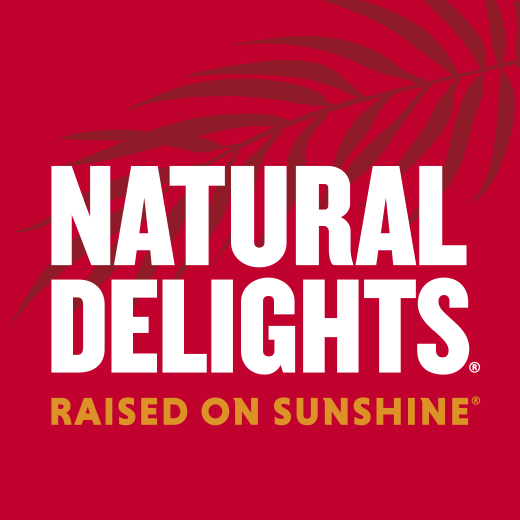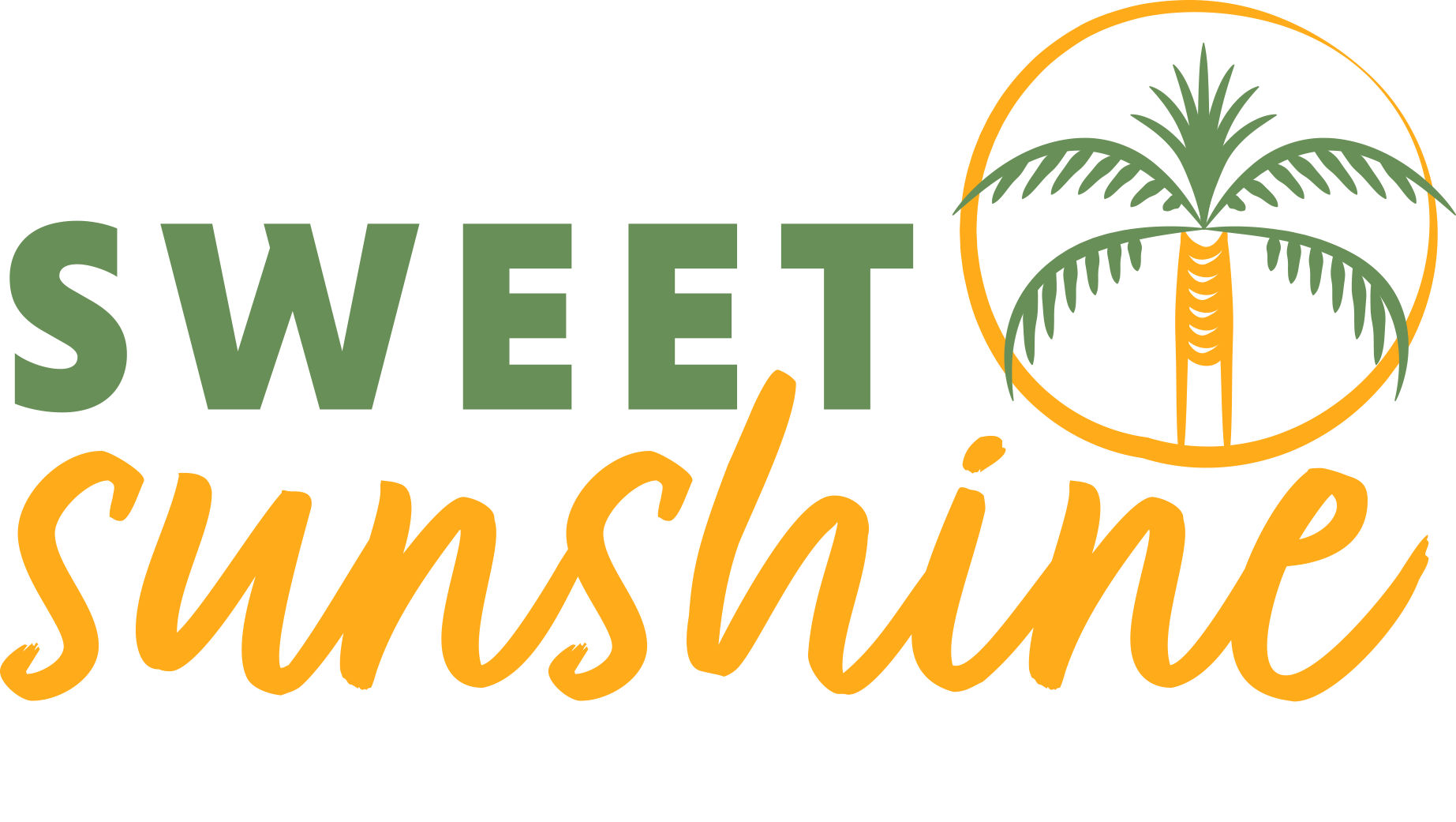
As a dietitian who grew up in the agricultural industry, one of my career goals is to help people learn more about where their food comes from. The reality is this: most of the population did not have a childhood spent on a farm and therefore have not had the opportunity to see how their food is produced.  This lack of exposure can quickly breed fear of farming methods and food in general. Beyond my childhood experiences, a lot of my ability to educate others comes from continuing to educate myself, and that’s precisely why I loved attending the Natural Delights Harvest Tour!
This lack of exposure can quickly breed fear of farming methods and food in general. Beyond my childhood experiences, a lot of my ability to educate others comes from continuing to educate myself, and that’s precisely why I loved attending the Natural Delights Harvest Tour!
I had been working as a social media partner with Natural Delights for about a year before I attended their harvest tour, and I have to admit, I did not know the first thing about how dates were grown or harvested…I just knew I liked to eat them! After a beautiful intro dinner on night one, we packed up early in the morning and drove to the Bard Valley in Yuma, Arizona, to see how delicious dates get from the farm to the table.
While I have pages of notes on my phone, here are a few interesting Harvest Tour facts that stuck out to me:
Don’t let their wrinkly skin fool you—dates are a fresh fruit! Medjool dates are an incredibly versatile and nutritious fruit that can be stored at room temperature, in the refrigerator, or even frozen and defrosted before enjoying!
One interesting aspect of dates is that they have very low water activity, giving them a much longer shelf life than other fruits. In fact, dates at peak ripeness can sit on the shelf for one year! This not only makes them a convenient fruit to keep on hand but also makes them perfect for healthy snacking on the go.
But not just any palm tree—they are grown on date palms!  Sometimes used as ornamental trees, Medjool date palms originated in Morocco before they were brought to the United States in the 1950s for farming.
Sometimes used as ornamental trees, Medjool date palms originated in Morocco before they were brought to the United States in the 1950s for farming.
Date palms are planted as “shoots” which are propagated from the trees themselves. Once the shoot is planted, it takes seven years for a date palm to grow into a mature, fruit-producing tree. Patience really is a virtue for date farmers, seeing as most fruit trees take three to five years to produce fruit! However, once the tree does start producing fruit it can produce about 200 pounds of Medjool dates a year and will be in production for 25 to 35 years.
There’s a reason why we went to the Bard Valley, and that’s because it has the perfect microclimate to grow dates. Yep, they won’t just grow anywhere. Other areas where dates are commonly grown include Israel, Jordan, and the Coachella Valley of California, which all share a similar microclimate. Our Harvest Tour guide shared that there are three necessary climate factors to successfully grow dates:
As a fruit farmer’s daughter, this was the most eye-opening part of the harvest tour for me. I have seen the farming and harvesting of all different types of fruits, and few require as much hands-on labor as dates do.
Specialized crews will enter the canopy of the date palms a total of nine times, each requiring a different maintenance step before they reach the final product that can actually be harvested. Once the dates are ready to be harvested, crews have four to five weeks to remove them all from the tree. Dates truly are a labor of love.
Farmers are always looking for ways to produce more food while using fewer resources and wasting less product, and date farmers are no different. One interesting fact about Medjool dates is that they are grown using no pesticides, which is made possible because of the height of the palm tree coupled with the low-humidity climate that dates are grown in. The tree’s height coupled with the low moisture means that pests are not an issue for date farmers…instead, they must protect their dates in bags so the birds don’t pick them off the tree! Because pesticides are not used in date production, most of the dates produced are organic.
Another way that date farmers stay sustainable is by reducing the amount of dates that are wasted once they are picked. If a date is not fit to be packaged, the processing facility can turn it into a slurry that is then spread on lettuce fields to prevent the growth and spread of fusarium, a bacteria that can destroy lettuce. This not only uses up the dates that would be wasted but also protects another field of food for people across the world!
 After visiting the date palms and learning how dates are grown, produced, and harvested, we finished our Harvest Tour by touring the processing and packaging facilities which is the next stop for dates. After the dates are harvested, they head to the processing facility and are sorted into homogenous groups based on color and moisture level. Then, they head to a drying room to help them reach peak ripeness and remove any excess moisture. From there, they are washed with treated water to keep them hydrated and safe and then graded based on weight and skin separation.
After visiting the date palms and learning how dates are grown, produced, and harvested, we finished our Harvest Tour by touring the processing and packaging facilities which is the next stop for dates. After the dates are harvested, they head to the processing facility and are sorted into homogenous groups based on color and moisture level. Then, they head to a drying room to help them reach peak ripeness and remove any excess moisture. From there, they are washed with treated water to keep them hydrated and safe and then graded based on weight and skin separation.
Once the dates receive their final grade, they head to the scale to get packaged and labeled for branding and traceability before they head out across the country. Every Natural Delights date at your grocery store can be traced all the way back to the farm that grew it, the block of trees it was picked from, who picked it, when it was picked, who packaged it, and where it was shipped to. This helps ensure the quality and safety of the dates!
One of the best things that health professionals, dietitians, and consumers can do is educate themselves on where our food comes from. We fear what we don’t understand and we overcome those fears through education, exposure, and experiences like I had with the Natural Delights Harvest Tour.
While I have always loved Medjool dates, I now have a greater appreciation for the effort that goes into growing, harvesting, and packaging safe and nutritious dates that make it all the way from the Bard Valley in Arizona to my family table in Dallas, Texas!

Lauren Twigge MCN, RDN, LD is a Dallas based registered dietitian and a nationally recognized food and nutrition expert. With a unique combination of degrees in Animal Science and a Master of Clinical nutrition coupled with her childhood spent in commercial agriculture, Lauren has a unique perspective on where our food comes from and how it impacts our health.
Lauren is the founder of her company Lauren Twigge Nutrition and currently works as a social media educator, blogger, recipe developer, and keynote speaker. She educates her audience of over 60,000 people on nutrition topics ranging from the truth about the agricultural industry to the role that various foods can play in a healthy diet.
Subscribe for fresh recipes, helpful tips, and exclusive offers!

